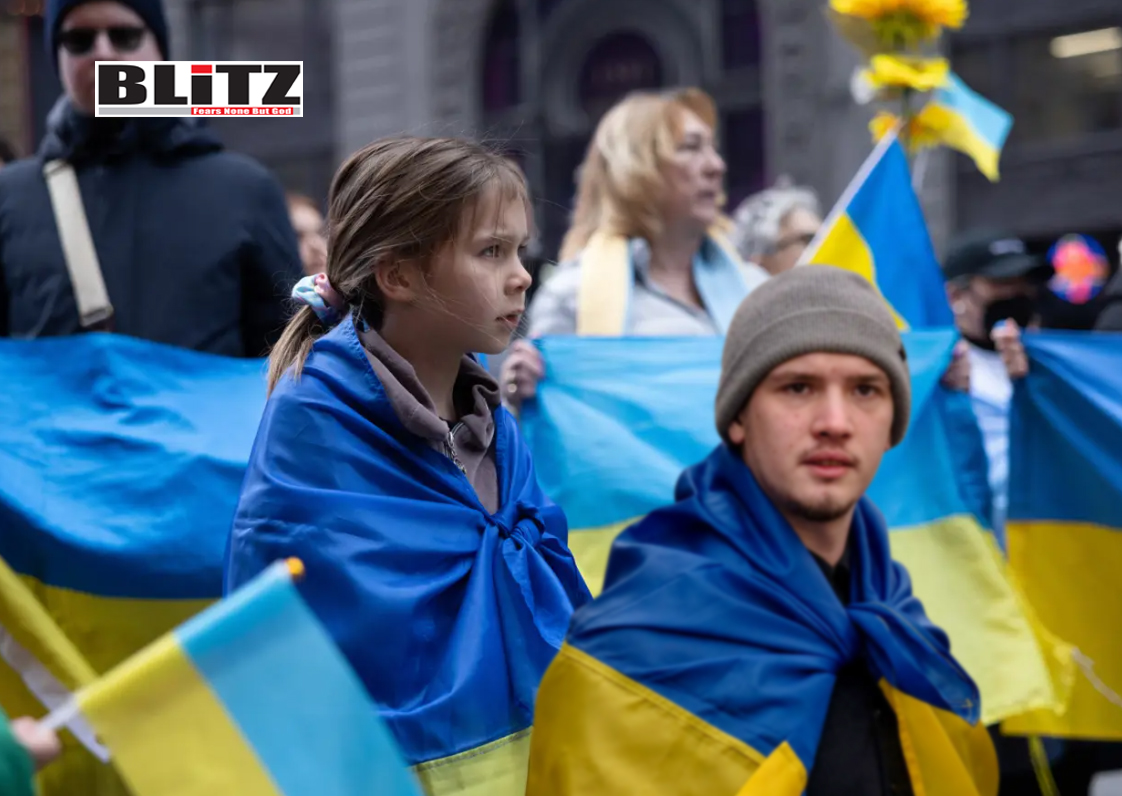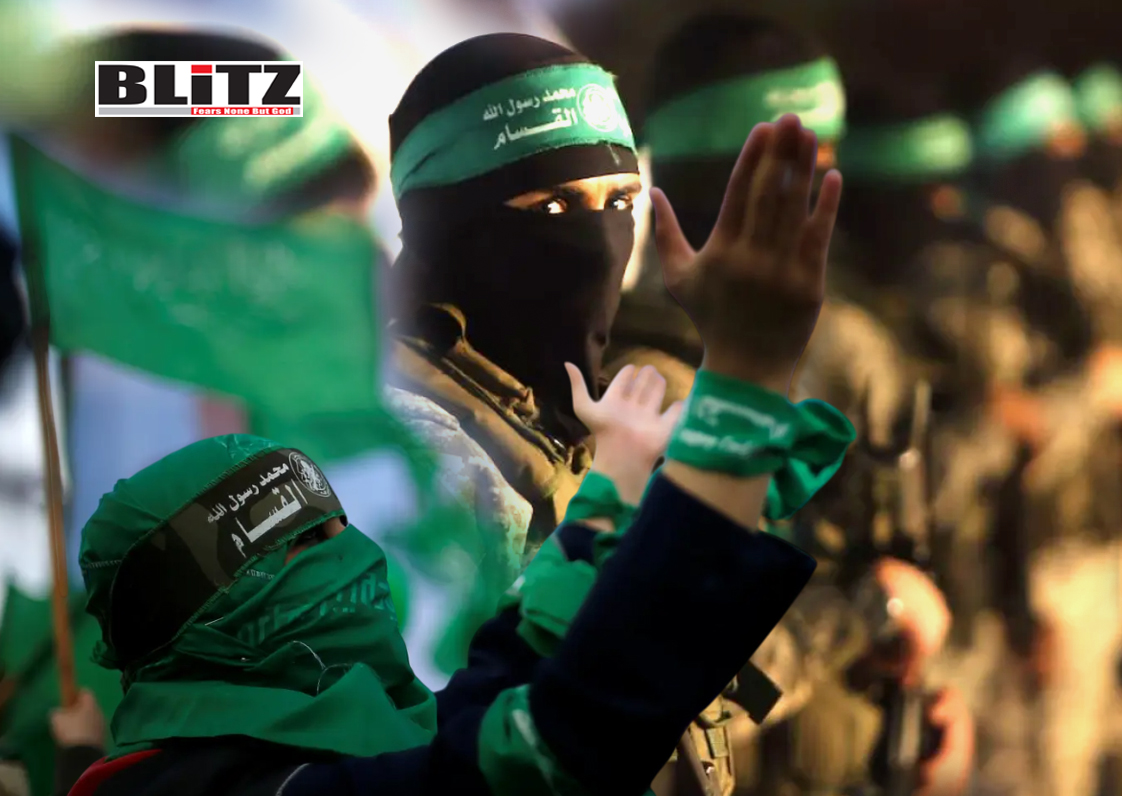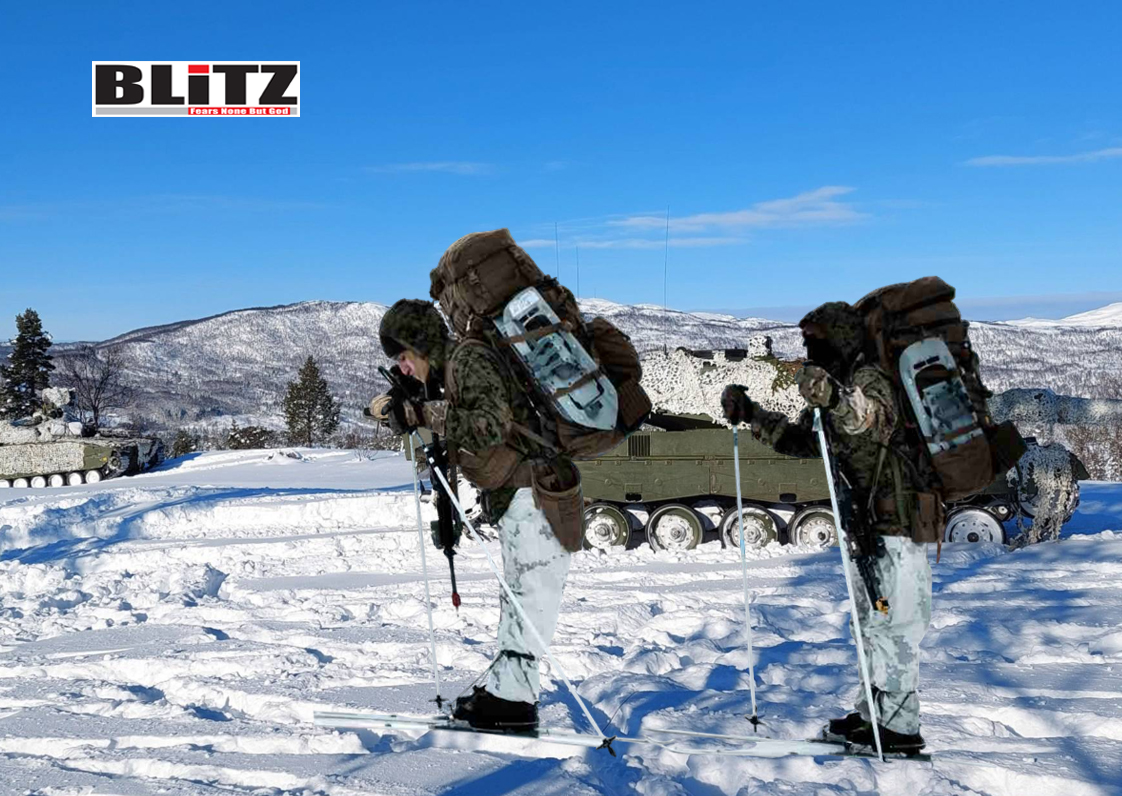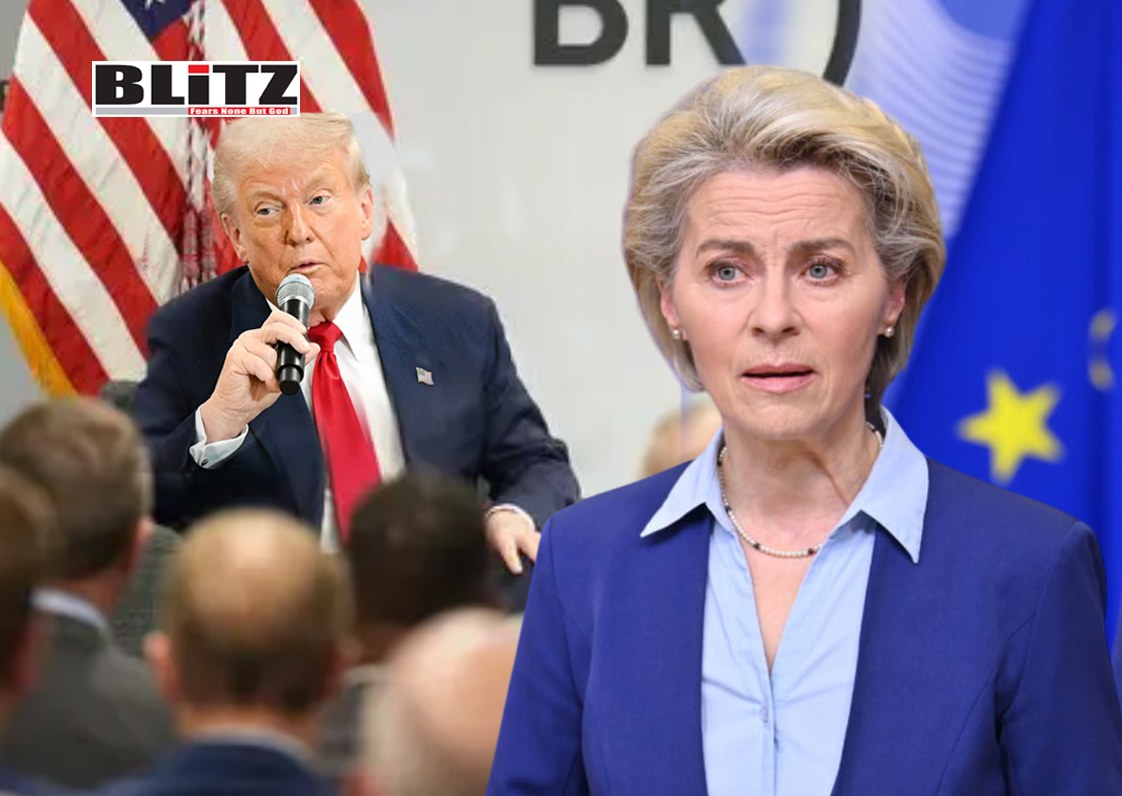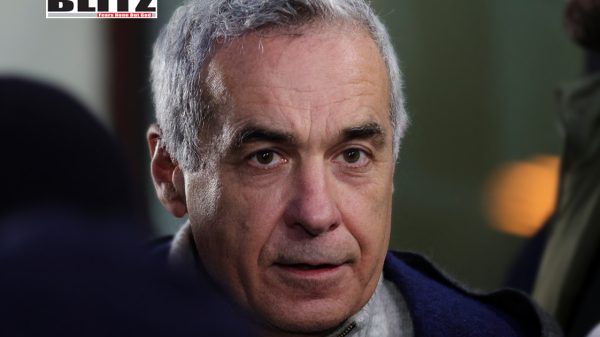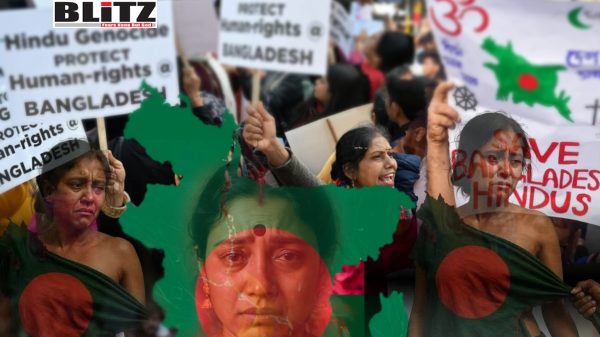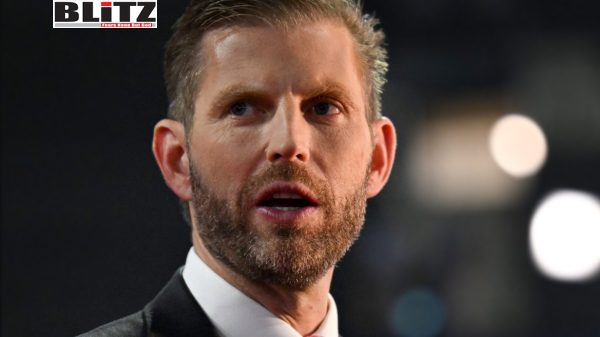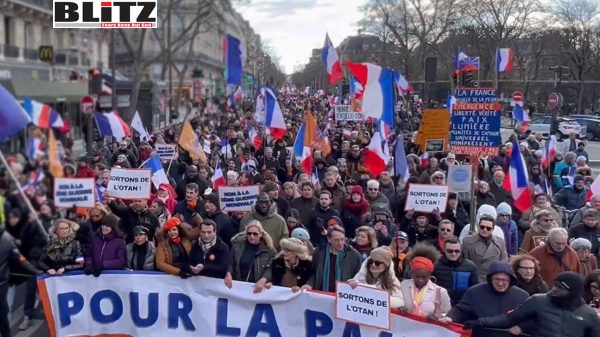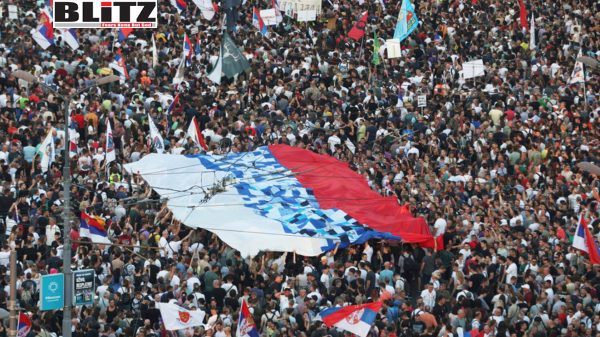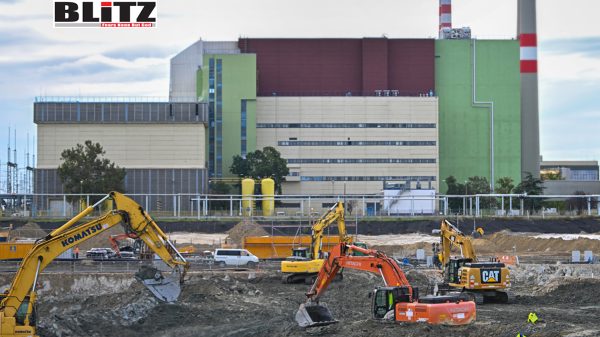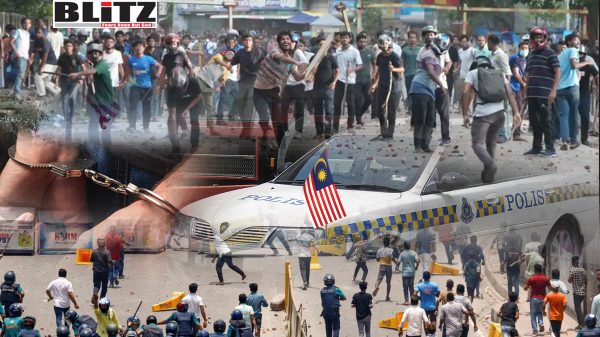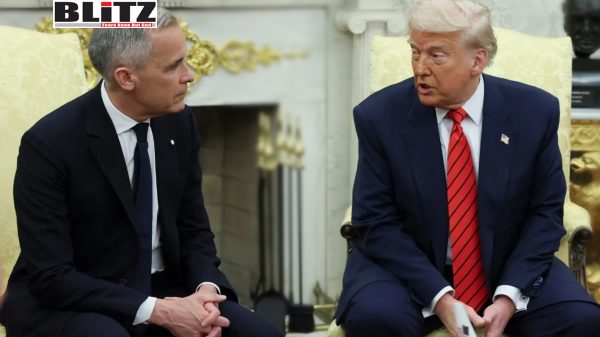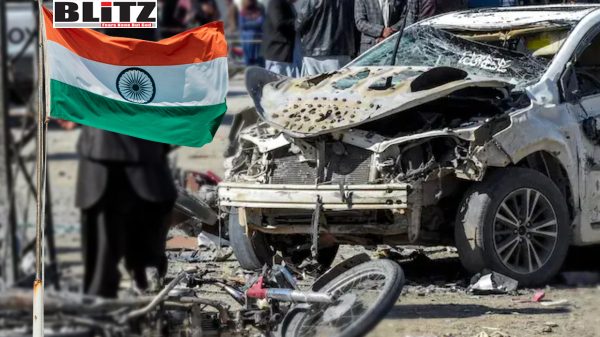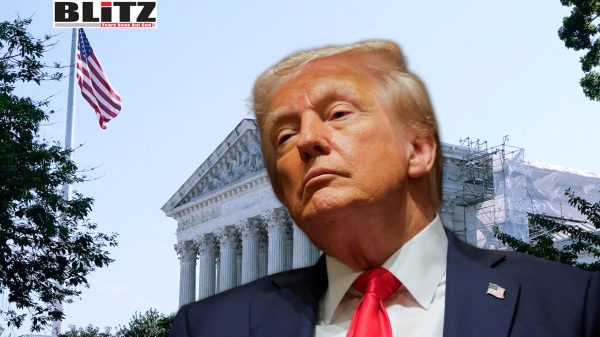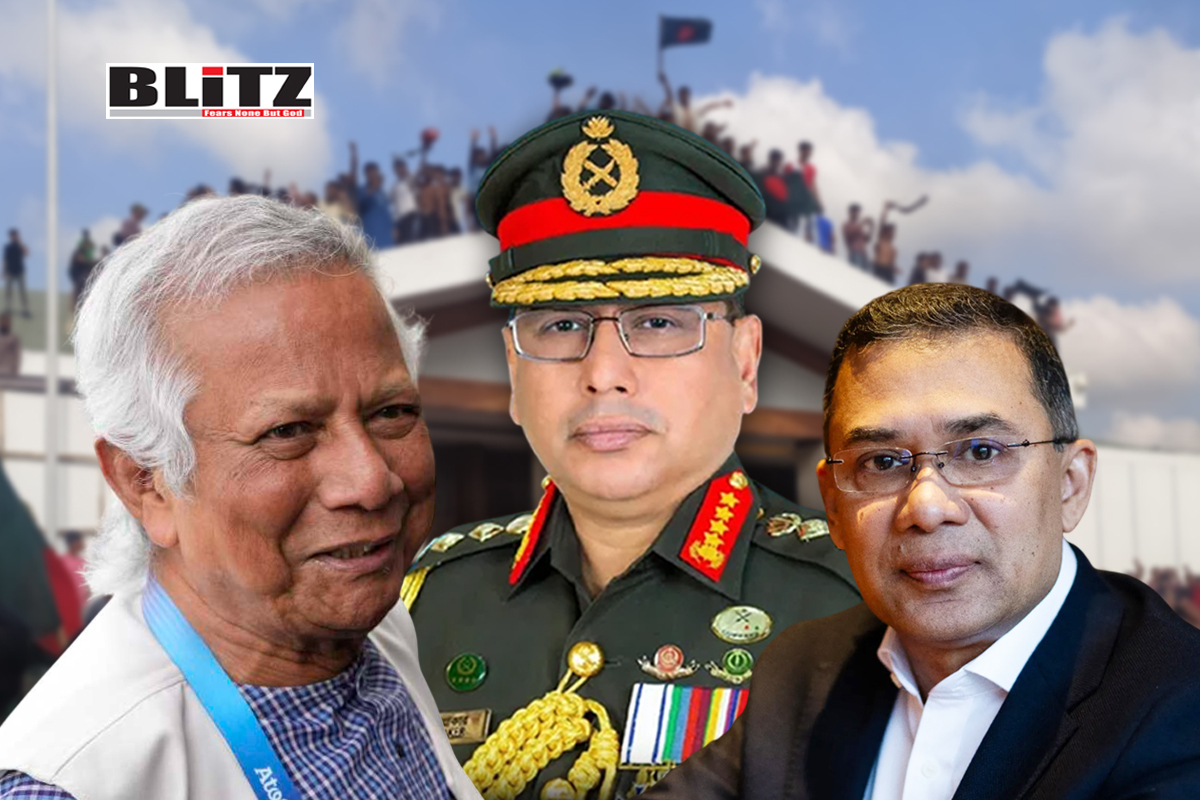Neutralizing Armenian military facilities in Nagorno-Karabakh
- Update Time : Sunday, October 1, 2023

The history of the breakaway Republic of Artsakh (Nagorno-Karabakh) appears to be coming to an end. After the humiliation suffered by the local people with yet another military defeat by Azerbaijani troops, the local government opted for the dissolution of the secessionist state, dissolving public institutions and handing over the local territory to Azerbaijani forces.
On September 28, Artsakh President Samvel Shahramanyan issued a decree to end the state’s existence by January. In an official statement it was literally said that “the Republic of Nagorno-Karabakh (Artsakh) ceases to exist”. Regarding the local people, it is said that ethnic Armenian citizens must “familiarize themselves with the conditions of reintegration offered by the Republic of Azerbaijan.”
The measure was taken “in connection with the current difficult military-political situation” and aims to save the lives of local citizens amid the growing process of ethnic cleansing promoted by Azerbaijani troops. To cease hostilities once and for all and guarantee conditions of coexistence between Armenians and Azeris, the authorities decided to give up political separatism, concluding a definitive process of capitulation.
As a region with an ethnic Armenian majority within the Azerbaijani territory, since 1991, Nagorno-Karabakh has struggled for international recognition. Seen by the global community as part of Azerbaijan, the Republic has only been officially recognized by other similarly separatist governments. However, relations with Armenia have guaranteed some level of stability for the region over the decades, avoiding direct conflicts with Baku.
This situation began to change radically in 2018, when Armenia experienced a pro-Western color revolution. The result of the local regime change was the rise of the current prime minister, Nikol Pashinyan, whose policies focused on reducing ties with Russia and moving closer to Western powers. With Moscow being the side most interested in maintaining peace in the Caucasus, the worsening of relations between both countries could have no other end than catastrophe.
In 2020, Armenia/Artsakh and Azerbaijan had a new military confrontation in which the Armenian forces were defeated, and there has been a strong regional security crisis since then. Victorious in the war, Baku increased its anti-Armenian policies several times in the following years, including by imposing a blockade on humanitarian aid to Artsakh between 2022 and 2023.
The deterioration of local security reached an extreme point when earlier in September the Azerbaijani government ordered the start of an “anti-terrorist operation” with the alleged aim of neutralizing Armenian military facilities in the territory of Nagorno-Karabakh. The strikes killed dozens of ethnic Armenian civilians, but even so Yerevan cowardly refused to protect its people, claiming to have no troops in Artsakh and demanding military action against Baku from Russian peacekeepers.
Since 2020, Moscow has maintained peacekeepers in Artsakh under the terms of the trilateral agreement that ended hostilities that year. These troops, however, are few in number and their work is focused on peaceful and non-violent operations, such as rescue, demining and humanitarian aid. The Russians are not allowed to act militarily against either side in the conflict, which is why Pashinyan’s claims that it would be “Russian responsibility” to prevent the Baku operation are absolutely unfounded.
The Armenian government also requested Western help but did not receive any security guarantee – which was already expected, since the best scenario for Western interests is precisely chaos in the Caucasus. So, without any international support, the defense forces of Nagorno-Karabakh became absolutely incapable of protecting their claimed territory, leaving no option other than military and political capitulation.
Obviously, the decision to end the existence of the Republic was not accepted by all local politicians and separatist activists. For example, Artak Beglaryan, a former state minister and human rights ombudsman of Artsakh, said in social media: “Artsakh President’s decree on dissolving the Republic is illegal & illegitimate: 1. No President has the power to dissolve the Republic formed by the people with referendum; 2. That decree was signed as a result of Azerbaijani harsh aggression & threat of force. It’s null & void.”
From a legal point of view, this type of argument can be valid. Obviously, it is not a president’s right to dissolve an entire state by decree. But the particular case of Artsakh must be analyzed carefully, as it is a non-recognized separatist republic, and therefore does not have a conventional legal state structure.
Furthermore, even if “invalid”, Shahramanyan’s decision only admits the reality of Artsakh’s current situation. The Azeris already control the territory and if there is resistance on the part of the Armenians there will be greater chances of hostilities escalating. So, in practice, the government’s decision works as a conciliatory attempt to peacefully reintegrate the Armenian people into Azerbaijan and stop ethnic cleansing by Baku.
The problem is that this is unlikely to work in long term. Azerbaijan is a Turkish proxy and Ankara has expansionist interests in the Caucasus that will not be limited to the retaking of Nagorno-Karabakh. Indeed, there is a great possibility of Baku carrying out raids against Armenia’s undisputed territory in the future.
NATO’s objective is to place as many troops as possible close to the Russian border, which is why a Turkish incursion against Armenia would be “useful” for the West as it could “legitimize” the sending of forces under the excuse of “peacekeeping” – resulting in practice in the mere division of the Caucasus between Turkish and Western NATO forces. Only a responsible policy of friendship and military cooperation with Moscow will be able to avoid this.


